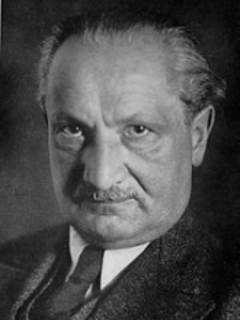
Publication details
Publisher: Springer
Place: Berlin
Year: 2014
Pages: 373-397
Series: Continental Philosophy Review
Full citation:
, "Returning the world to nature", Continental Philosophy Review 47, 2014, pp. 373-397.


Returning the world to nature
Heidegger's turn from a transcendental-horizonal projection of world to an indwelling releasement to the open-region
pp. 373-397
in: Jeffrey Bloechl (ed), Heidegger between Being and language, Continental Philosophy Review 47, 2014.Abstract
The central issue of Heidegger's thought is the question of being. More precisely, it is the question of the relation between being and human being, the relation, that is, between Sein and Dasein. This article addresses the so-called turn (Kehre) in Heidegger's thinking of this relation. In particular, it shows how this turn entails a shift from a transcendental-horizonal projection of world to "an indwelling releasement [inständige Gelassenheit] to the worlding of the world". Although a wide range of pre- and post-turn texts are referenced, since this shift is explicitly thematized in Heidegger's Country Path Conversations, these three fictional conversations from 1944/45 take center stage in this study.
Cited authors
Publication details
Publisher: Springer
Place: Berlin
Year: 2014
Pages: 373-397
Series: Continental Philosophy Review
Full citation:
, "Returning the world to nature", Continental Philosophy Review 47, 2014, pp. 373-397.

